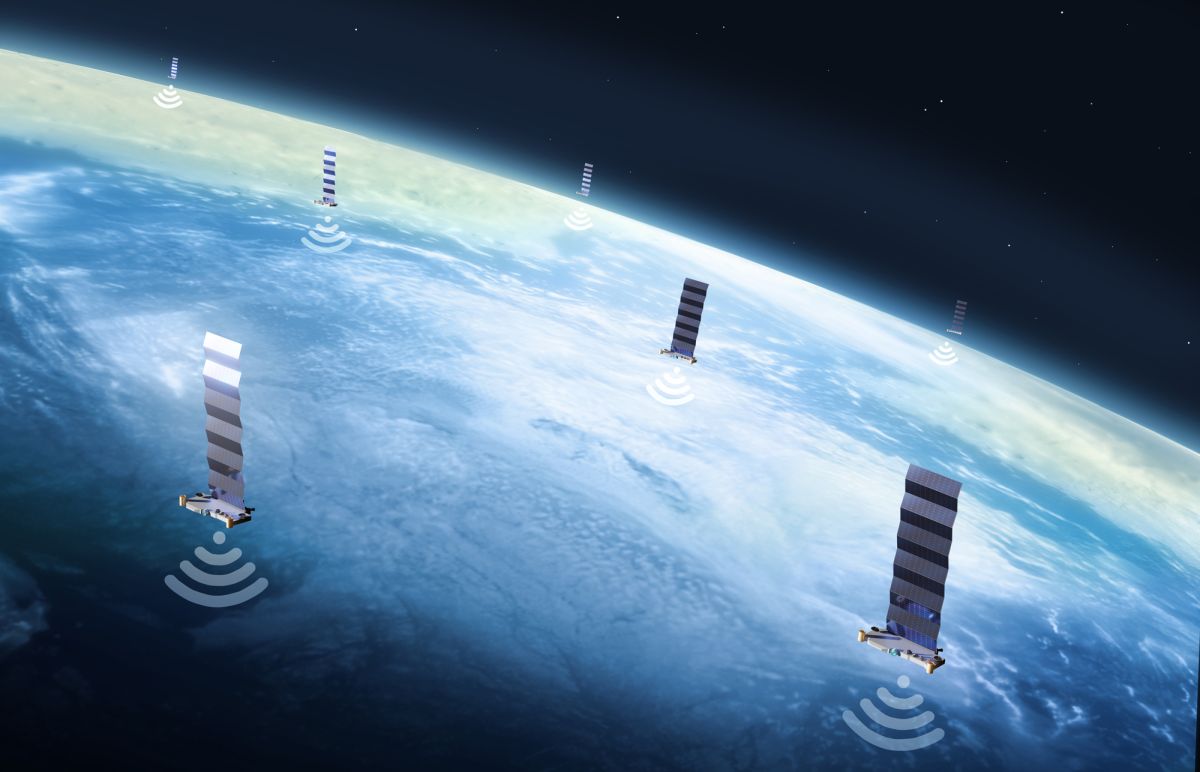NASA has selected KBR Wyle Services LLC of Greenbelt, Maryland, to provide safety and mission assurance services to the agency in various locations across the country.
Read MoreMonth: February 2022
NASA Promotes Howard Hu to Lead Orion Ahead of First Artemis Mission
NASA has selected Howard Hu as the Orion Program manager, based at the agency’s Johnson Space Center in Houston.
Read MoreNo Signal from Cosmic Dawn
Four years after one experiment found tentative signs of the “cosmic dawn,” the era of the first stars, another experiment finds nothing. The post No Signal from Cosmic Dawn appeared first on Sky & Telescope.
Read MoreThese Two Black Hole Behemoths Will Merge in 10,000 Years
Astronomers have discovered a pair of supermassive black holes that whirl around each other every two years. The post These Two Black Hole Behemoths Will Merge in 10,000 Years appeared first on Sky & Telescope.
Read MoreRocket Lab will launch its 1st mission from new pad today. Here’s how to watch live
Rocket Lab is ready to launch the first mission from its newly built pad in New Zealand on Monday (Feb. 28), and you can watch the event live. The window for the mission, dubbed “The Owl’s Night Continues,” opens at 3:35 p.m. EST (2035 GMT) on Monday. You can watch it live here at Space.com, courtesy of Rocket Lab, or directly via the company. The mission plan calls for a Rocket Lab Electron launcher to heft a Strix Earth-observation satellite into orbit for the Japanese company Synspective. Rocket Lab will be using…
Read MoreWhat is the temperature on the moon?
The moon is Earth‘s closest celestial neighbor, but the two bodies are worlds apart in terms of temperature. The moon’s temperature can reach a boiling 250° Fahrenheit (120° Celsius or 400 Kelvin) during lunar daytime at the moon’s equator, according to NASA. Lunar daytime is roughly two Earth-weeks long, since the moon takes a little less than one month – about 27.3 days – to complete one of its days, according to a study published in August 2019 by the Journal of Geophysical Research. Lunar night time is also about…
Read MoreTonga volcano eruption yields insights into asteroid impacts on Earth
On Jan. 15, 2022, the Hunga Tonga-Hunga Ha’apai volcano erupted off the coast of Tonga in the South Pacific Ocean, generating a tsunami and triggering resulting wave action alerts around the world. The underwater volcanic eruption spewed ash, steam, and gas a radius of over 160 miles (260 kilometers) and more than 12 miles (19 km) into Earth’s atmosphere. An infrasound network operated by the Comprehensive Nuclear-Test-Ban Treaty Organization (CTBTO) found the blast to be the largest incident ever recorded by that monitoring system. All 53 infrasound stations recorded the…
Read MoreElon Musk says SpaceX’s Starlink satellite internet service is active in Ukraine with more terminals on the way
SpaceX CEO Elon Musk said his space company’s Starlink satellite internet service is available in Ukraine and more terminals to use it are on the way. Musk made the statement on Twitter Saturday (Feb. 26) after being asked by a Ukrainian government official if SpaceX could provide more Starlink services to the country after Russian troops invaded Ukraine last week. Internet services in Ukraine has seen “significant disruptions” in the capital city of Kyiv and across much of the country due to Russian military operations and the ensuing fighting, the…
Read MoreThe moon meets up with Mercury and Saturn early Monday morning
You may be able to watch the moon cluster up with ringed Saturn and fleeting Mercury on Monday (Feb. 28), but it will be a considerable challenge. The three worlds will be clustered extra-close to the southeastern horizon as the sun is rising. Saturn is at magnitude 0.7 and Mercury at a brighter -0.1. (For perspective, most people can see stars down to magnitude 6 in dark-sky conditions.) According to the skywatching site In-The-Sky.org, neither of the lunar-planetary conjunctions will be visible from New York City (which admittedly, has a…
Read MorePhysicists get closer than ever to measuring the elusive neutrino
Ghost-like particles called neutrinos hardly ever interact with normal matter, giving the teensy apparitions supreme hiding powers. They are so elusive that, in the decades since their initial discovery, physicists still haven’t pinned down their mass. But recently, by plopping them onto a 200-ton “neutrino scale,” scientists have put a new limit on the neutrino’s mass. The result: It’s very, very small. With the world’s most sensitive neutrino scale, physicists analyzed a flood of data to determine that the elusive particle is no heftier than 0.8 electron-volts (eV), the first time an…
Read More

